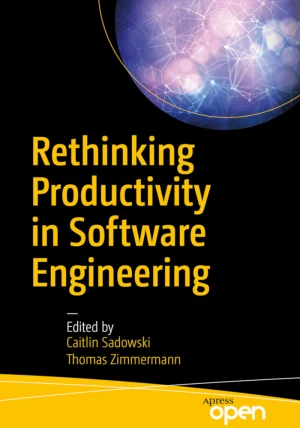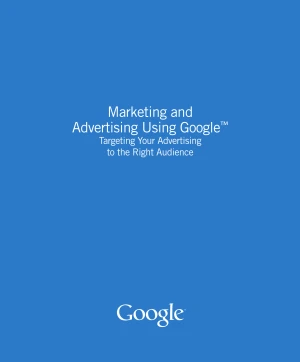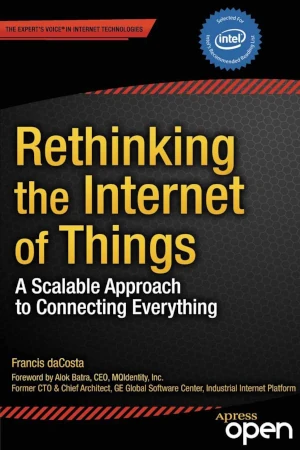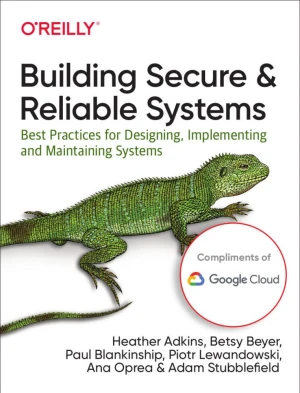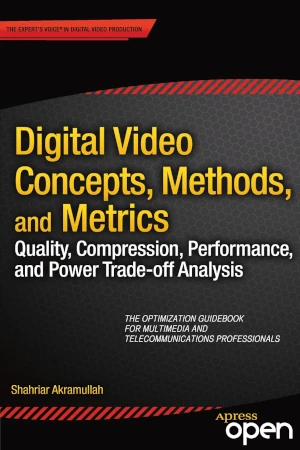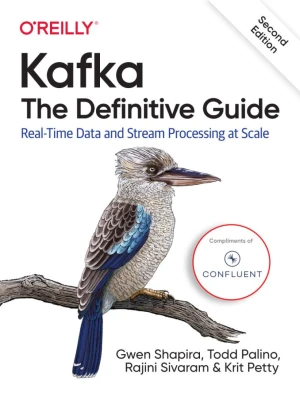Handbook of Software Engineering Methods, 2nd Edition
Systematic application of scientific and technological knowledge, methods, and experience to the design, implementation, testing, and documentation of software
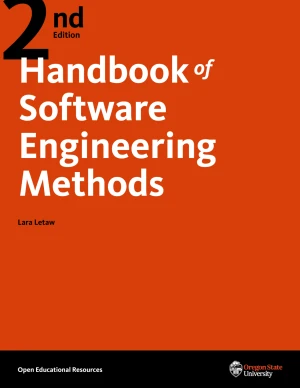
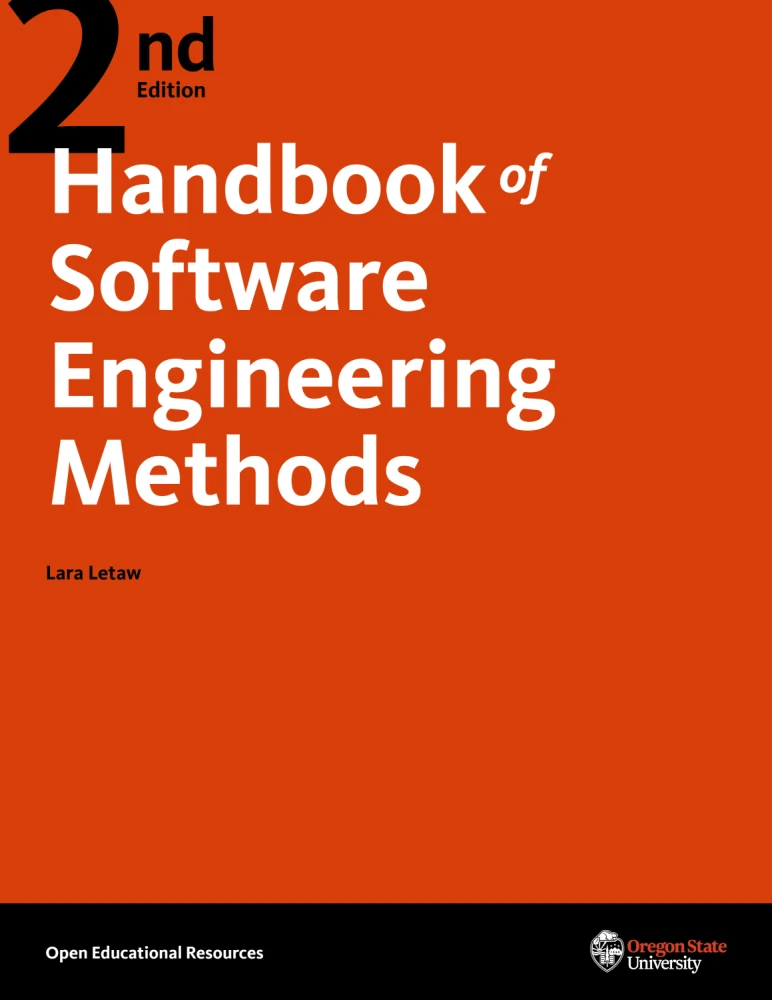
Book Details
| Author | Lara Letaw |
| Publisher | Oregon State University |
| Published | 2024 |
| Edition | 2nd |
| Paperback | 115 pages |
| Language | English |
| ISBN-13 | 9781955101370 |
| ISBN-10 | 195510137X |
| License | Creative Commons Attribution-NonCommercial |
Book Description
This book does not purport to teach the reader how to be a software engineer, a skill that is cultivated over time through practice. Instead, it focuses on software engineering methods - defined as the approaches people use to achieve specific objectives in the field - which can salvage a project. The author's objective is for readers to feel better equipped for software engineering after engaging with the book's content.
The book itself was developed using an iterative and incremental process, mirroring the development of much modern software. It is organized around eight major topics:
- Agile: A collaboration-oriented philosophy that values creating software over comprehensive planning and documentation.
- Project Management and Teamwork: Covers working in an organized manner and collaborating with others.
- Requirements: Focuses on the importance of clarity regarding the software's expected functionality.
- Unified Modeling Language (UML) Class and Sequence Diagrams: Introduces diagrams useful for communicating code structure and behavior.
- Monolith versus Microservice Architectures: Compares these two contrasting high-level strategies for organizing code.
- Paper Prototyping: Describes a technique for designing user interfaces before implementation.
- Inclusivity Heuristics: Provides guidelines for creating software that is accessible to a diverse user base.
- Code Smells and Refactoring: Addresses techniques for improving code quality and maintainability.
The author's aim is to enable readers to quickly assess the relevance of each topic to their own situation, gain a foundational understanding, and thereby have a starting point for further discussion or exploration.
This book is available under a Creative Commons Attribution-NonCommercial license (CC BY-NC), which means that you are free to copy, distribute, and modify it, as long as you attribute the source and don't use it for commercial purposes.
If you enjoyed the book and would like to support the author, you can purchase a printed copy (hardcover or paperback) from official retailers.
Download and Read Links
Share this Book
[localhost]# find . -name "*Similar_Books*"
Rethinking Productivity in Software Engineering
Get the most out of this foundational reference and improve the productivity of your software teams. This book collects the wisdom of the 2017 "Dagstuhl" seminar on productivity in software engineering, a meeting of community leaders, who came together with the goal of rethinking traditional definitions and measures of productivity. The results of
Marketing and Advertising Using Google
The official book from Google for students preparing for careers in marketing. Learn to: Create effective Internet advertising, target advertising to people when they're ready to buy, control you advertising budget, and build your brand.
Rethinking the Internet of Things
Apress is proud to announce that Rethinking the Internet of Things was a 2014 Jolt Award Finalist, the highest honor for a programming book. And the amazing part is that there is no code in the book. Over the next decade, most devices connected to the Internet will not be used by people in the familiar way that personal computers, tablets and smart
Building Secure and Reliable Systems
Can a system be considered truly reliable if it isn't fundamentally secure? Or can it be considered secure if it's unreliable? Security is crucial to the design and operation of scalable systems in production, as it plays an important part in product quality, performance, and availability. In this book, experts from Google share best practices to h
Digital Video Concepts, Methods, and Metrics
Digital Video Concepts, Methods, and Metrics: Quality, Compression, Performance, and Power Trade-off Analysis is a concise reference for professionals in a wide range of applications and vocations. It focuses on giving the reader mastery over the concepts, methods and metrics of digital video coding, so that readers have sufficient understanding to
Kafka: The Definitive Guide, 2nd Edition
Every enterprise application creates data, whether it consists of log messages, metrics, user activity, or outgoing messages. Moving all this data is just as important as the data itself. With this updated edition, application architects, developers, and production engineers new to the Kafka streaming platform will learn how to handle data in motio

